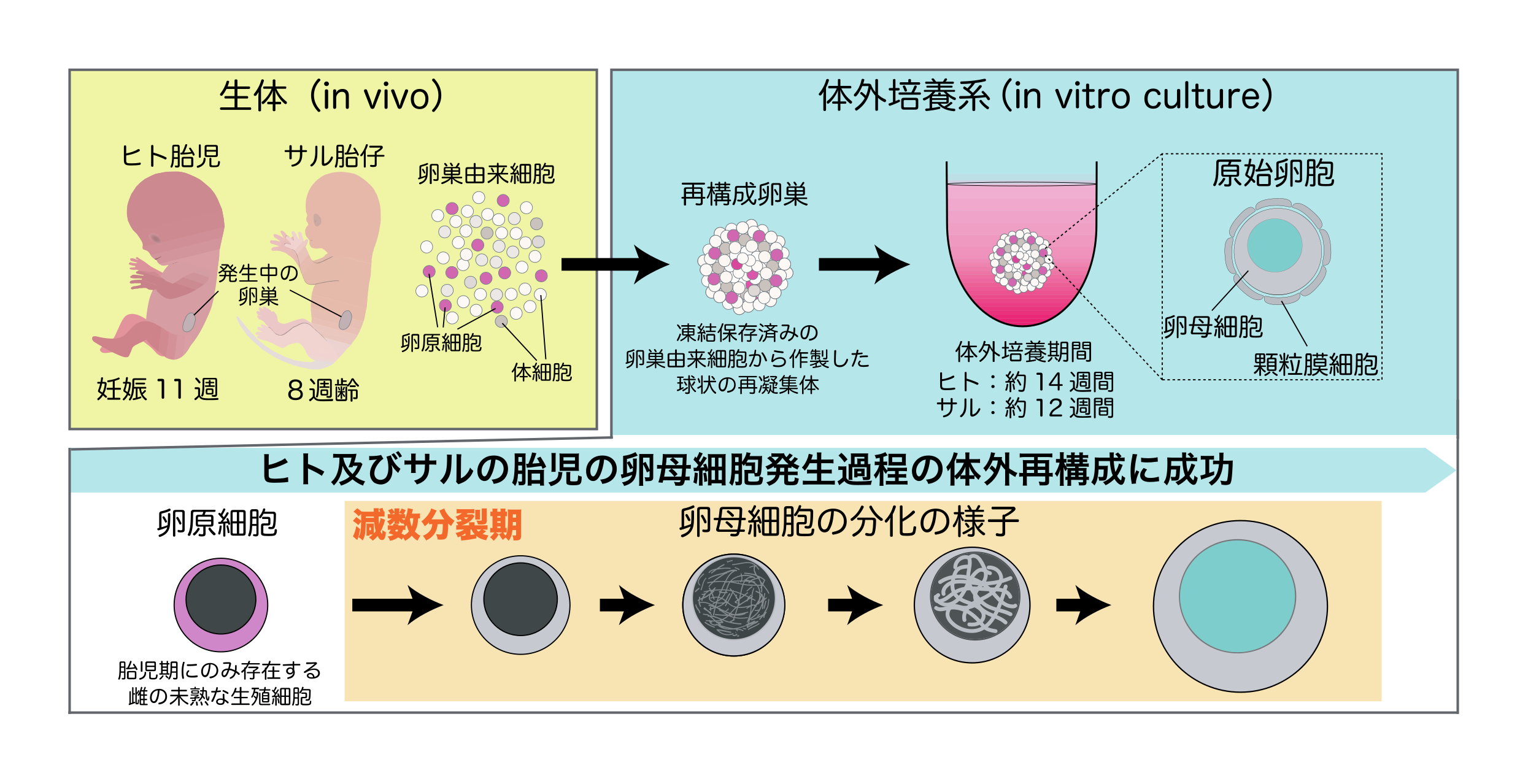ワクチン候補のVPM1002がHIV感染新生児と非感染新生児を対象とした試験で安全性を示す The vaccine candidate VPM1002 shows its safety in a study with HIV- and non-HIV-exposed newborns
2022-08-02 マックス・プランク研究所

Stefan H.E. Kaufmann (right) performs immunogenicity testing of human samples.
© Max Planck Society
この研究では、安全性と、免疫細胞や免疫賦活タンパク質の形成に伴って引き起こされる免疫反応(免疫原性)の両方が検討されました。研究の結論は VPM1002は、HIVに感染している新生児とそうでない新生児の両方において安全であり、BCGよりも副作用が少なく、同様の免疫反応を誘発することが確認されました。
南アフリカで行われた無作為化第II相二重盲検試験では、対象となる新生児416人が無作為に選ばれ、生後12日目までにワクチン接種が行われました。そのうち312人がVPM1002を受け、104人がBCGワクチンを受けました。この研究で示されたように、VPM1002はBCGよりもワクチン関連の副反応を誘発することが少なかった。
<関連情報>
- https://www.mpg.de/19040549/0801-bich-tuberculosis-vaccine-candidate-vpm1002-safe-in-hiv-and-non-hiv-exposed-newborns-as-study-shows-17216463-x
- https://www.thelancet.com/journals/laninf/article/PIIS1473-3099(22)00222-5/
南アフリカの新生児におけるVPM1002とBCGの安全性と免疫原性:無作為化第2相非劣性二重盲検比較試験 Safety and immunogenicity of VPM1002 versus BCG in South African newborn babies: a randomised, phase 2 non-inferiority double-blind controlled trial
Prof Mark F Cotton, Prof Shabir A Madhi, Angelique K Luabeya, Michele Tameris, Anneke C Hesseling, Justin Shenje, Elisma Schoeman, Prof Mark Hatherill, Sajjad Desai, Dhananjay Kapse, Sina Brückner, Anthonet Koen, Lisa Jose, Andrew Moultrie, Sutika Bhikha, Prof Gerhard Walzl, Andrea Gutschmidt, Leigh A Kotze, Devon L Allies,Prof Andre G Loxton, Umesh Shaligram, Maria Abraham, Hilary Johnstone, Leander Grode,Prof S H E Kaufmann,Prasad S Kulkarni
The Lancet Infection Diseases Published:June 27, 2022
DOI:https://doi.org/10.1016/S1473-3099(22)00222-5
Summary
Background
Tuberculosis is a major public health problem worldwide. Immunisation with Mycobacterium bovis BCG vaccine is partially effective in infants, reducing the incidence of miliary and tuberculosis meningitis, but is less effective against pulmonary tuberculosis. We aimed to compare safety and immunogenicity of VPM1002—a recombinant BCG vaccine developed to address this gap—with BCG in HIV exposed and HIV unexposed newborn babies.
Methods
This double-blind, randomised, active controlled phase 2 study was conducted at four health centres in South Africa. Eligible neonates were aged 12 days or younger with a birthweight of 2·5–4·2 kg, and could be HIV exposed (seropositive mothers) or unexposed (seronegative mothers). Newborn babies were excluded if they had acute or chronic illness, fever, hypothermia, sepsis, cancer, or congenital malformation, or if they received blood products or immunosuppressive therapy. Participants were excluded if their mothers (aged ≥18 years) had active tuberculosis disease, diabetes, a history of immunodeficiency except for HIV, hepatitis B or syphilis seropositivity, received blood products in the preceding 6 months, any acute infectious disease, or any suspected substance abuse. Participants were randomly assigned to VPM1002 or BCG vaccination in a 3:1 ratio, stratified by HIV status using the random number generator function in SAS, using a block size of eight paticipants. The primary outcome was non-inferiority (margin 15%) of VPM1002 to BCG vaccine in terms of incidence of grade 3–4 adverse drug reactions or ipsilateral or generalised lymphadenopathy of 10 mm or greater in diameter by 12 months. The primary outcome was assessed in all vaccinated participants (safety population) at regular follow-up visits until 12 months after vaccination. Secondary immunogenicity outcomes were interferon-γ levels and percentages of multifunctional CD4+ and CD8+ T cells among all lymphocytes across the 12 month study period. The study was registered with ClinicalTrials.gov, NCT02391415.
Findings
Between June 4, 2015 and Oct 16, 2017, 416 eligible newborn babies were randomly assigned and received study vaccine. Seven (2%) of 312 participants in the VPM1002 group had a grade 3–4 vaccine-related adverse reaction or lymphadenopathy of 10 mm or greater in diameter compared with 34 (33%) of 104 participants in the BCG group (risk difference -30·45% [95% CI -39·61% to -21·28%]; pnon-inferiority<0·0001); VPM1002 was thus non-inferior to BCG for the primary outcome. Incidence of severe injection site reactions was lower with VPM1002 than BCG: scarring occurred in 65 (21%) participants in the VPM1002 group versus 77 (74%) participants in the BCG group (p<0·0001); ulceration occurred in one (<1%) versus 15 (14%; p<0·0001); and abscess formation occurred in five (2%) versus 23 (22%; p<0·0001). Restimulated IFNγ concentrations were lower in the VPM1002 group than the BCG group at week 6, week 12, month 6, and month 12. The percentage of multifunctional CD4+ T cells was higher in the VPM1002 group than the BCG group at day 14 but lower at week 6, week 12, month 6, and month 12. The percentage of multifunctional CD8+ T cells was lower in the VPM1002 group than the BCG group at week 6, week 12, and month 6, but did not differ at other timepoints.
Interpretation
VPM1002 was less reactogenic than BCG and was not associated with any serious safety concern. Both vaccines were immunogenic, although responses were higher with the BCG vaccine. VPM1002 is currently being studied for efficacy and safety in a multicentric phase 3 clinical trial in babies in sub-Saharan Africa.
Funding
Serum Institute of India.


